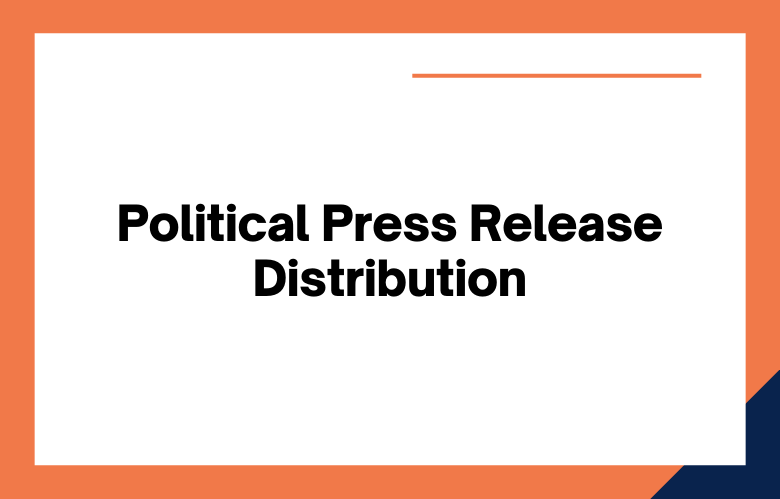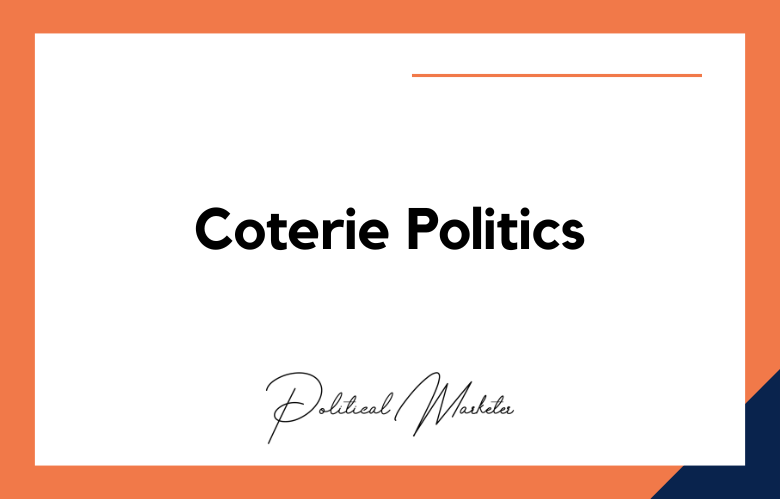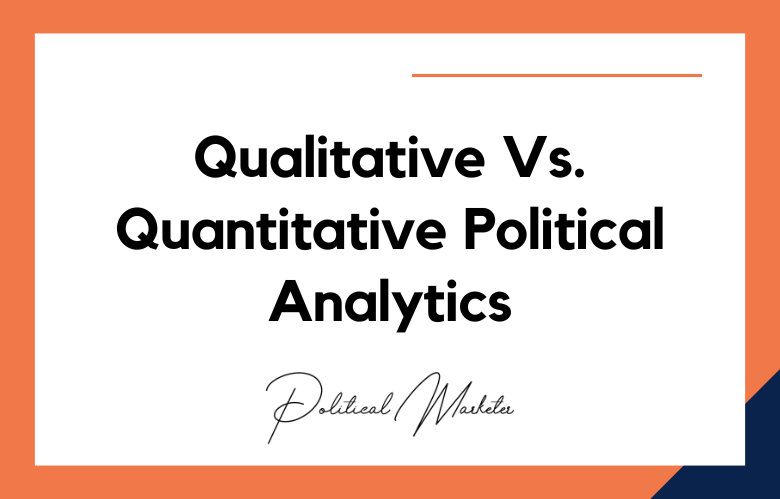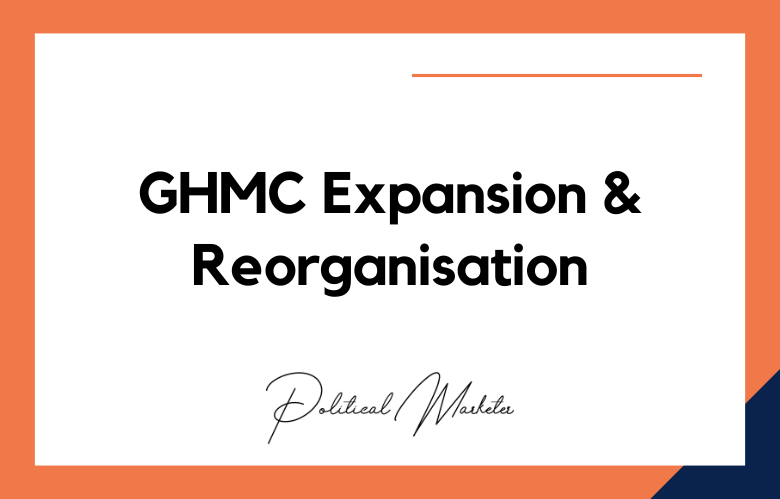The political press release distribution is an essential part of the campaign process. Getting your message out to many people effectively is crucial for anyone running for office, and several companies specialize in this area.
Finding a company with experience can be challenging, but it’s well worth the effort because they have researched what works best for press release distribution.
You’ll need to know how many emails you want them to send per day, so make sure you give yourself enough time before the election so that they can get started early enough. The more people who hear about you through your press releases, the better your chance of winning!
What is Political Press Release Distribution?
Political press release distribution is a way to get out your message by using news organizations willing to publish it.
If you have a political message or news to share with the public, there’s no better way to do it than through press releases. It’s an effective strategy that provides excellent visibility and results due to its extensive reach.
Political press release distribution is getting your news and content in front of many readers.
Political press release distribution is a service that distributes your news to many different sources. The main goal of this kind of news distribution is publicity, which can mean more sales for you.
Political press release distribution is distributing press releases to journalists to get news coverage for your business.
Political press release distribution is the act of distributing your political press releases to relevant online publications. It’s a way of getting publicity for an upcoming election or essential issue you campaign for.
Essential Strategies To Consider in Political Press Release Distribution
- Make sure you have a good headline.
- Include quotes from experts or other credible sources to make your release more authoritative.
- Keep the first paragraph short and concise, but include some background information on your topic.
- Be aware of what type of media outlet will be most receptive to your story- if it’s an exclusive interview with a celebrity, for example, then contact magazines that cater to celebrities instead of newspapers.
- Consider which outlets would give your story the best chance at being published- if it’s an article about how women should vote in this election, then consider contacting feminist blogs or publications rather than conservative ones.
- Send a press release to at least five different news outlets
- Follow up with the media outlet after sending your press release
- Be mindful of the timing and deadlines for submitting your press releases
- Include an image or video in your press releases if possible
- Generate as much information as you can about the subject matter of the story
- Identify the most appropriate distribution channel(s) for your message
- Create a compelling headline that will capture media attention and give journalists what they need to write a story about you or your campaign
- Develop a concise, persuasive body of text with crucial talking points supported by facts, figures, quotes from experts in the field, etc. If possible, use visuals such as graphs or charts to make data more accessible to readers who are not familiar with the topic at hand
- Include contact information for all relevant parties, including spokespeople and supporting organizations
- When you write a press release, try to be as concise and direct as possible
- A good rule of thumb is that if your press release is longer than 400 words, it’s too long and should be broken up into two separate releases
- Press releases are most effective when distributed through email or social media channels like Facebook or Twitter- don’t just publish them on the organization’s website sending out the release!
- Understand your audience
- Make sure the release is relevant to them
- Use a headline that grabs attention and makes people want to read more
- Include quotes from significant figures in the release, such as the candidate or party head, when possible
- Keep it short- no one wants to read an article that’s too long or complicated
- Create a press release that is newsworthy and relevant to your audience
- Identify the media outlets you want to target with your press release
- Research the contact information for each outlet, including email addresses, phone numbers, and mailing addresses
- Draft an introduction paragraph for your press release that hooks readers in while also introducing them to what’s new or noteworthy about your story
- Include quotes from experts on the topic of interest if possible- this will make it seem like more people agree with you than disagree with you when it may be just one person quoted, but they’re essential!
- Make sure all facts are backed up by credible sources-
- Focus on the newsworthy aspects of your release
- Ensure that it’s a positive message and is relevant to what you’re trying to communicate.
- Ensure all contact information is included in the release, including an email address for press inquiries.
- Include a list of talking points or critical messages about what you want to get across with your release.
- Make sure the release is written clearly and concisely
- Identify your target audience
- Include a contact person for questions or comments
- Develop an eye-catching headline that will grab attention but also be accurate to the content of the press release
- Consider if you want to include more than one media type (i.e., video, photos) in your distribution strategy
- Find out what publication you want to target
- Use social media, email listservs, and other digital platforms to distribute your press release.
- Ensure the journalist or editor knows who they are talking to by providing a photo of yourself and your credentials.
- Make sure your press release is short so that it can be easily read on mobile devices.
- Determine what angle you want to take
- Draft a compelling and informational story that includes your opinion on the issue at hand.
- Include quotes from sources who agree with your point of view or have expertise in the subject matter being discussed.
- Use keywords relevant to your target audience’s interests, such as “education” or “taxes.”
Conclusion
Political Press Release Distribution is an essential strategy for any successful campaign. If you want to increase your chances of winning elections, it’s time to start thinking about the PR distribution process before announcing a candidacy.
We discussed some great tips and strategies for how best to distribute political press releases and what should be included in those statements. Have questions? Contact us! We can help with all aspects of marketing, including distributing your next press release on behalf of your candidate or organization.
One way to get in touch is by filling out our online form on this site or give us a call at +91 9848321284. Let’s work together today!
Political Press Release Distribution: Important Strategies to Consider – FAQs
What Is a Political Press Release?
A political press release is an official statement from a political party, candidate, or campaign team sent to the media to announce news, policies, events, or reactions.
Why Are Press Releases Important in Political Campaigns?
They shape public narratives, provide verified information, control messaging, and help campaigns gain earned media coverage.
What Should Be Included in a Political Press Release?
A headline, subheadline, dateline, clear body content, quotes, campaign contact info, and a boilerplate about the candidate or party.
When Should a Political Press Release Be Sent?
It should be sent during peak media hours, aligned with news cycles, and timed for major announcements, debates, or policy rollouts.
Who Should Be the Primary Contact in a Political Press Release?
A designated campaign spokesperson, media relations officer, or communications director should be listed as the contact person.
How Can You Make a Political Press Release Newsworthy?
By offering timely, relevant content with public impact, authoritative quotes, exclusive insights, or responses to trending issues.
What Channels Are Used to Distribute Political Press Releases?
They can be sent via email, PR wire services, media databases, political news outlets, and posted on official websites and social media.
Should Press Releases Be Localized for Different Regions?
Yes, localizing content ensures regional relevance and increases pickup by regional news outlets.
How Long Should a Political Press Release Be?
Typically, it should be 300–500 words, concise, and to the point while covering all critical details.
What Role Does SEO Play in Press Release Distribution?
SEO-optimized press releases improve online visibility, help drive traffic, and increase discoverability on search engines.
Can Political Press Releases Be Repurposed for Social Media?
Yes, key quotes and headlines can be adapted into social posts, graphics, and reels for wider engagement.
How Often Should Political Campaigns Issue Press Releases?
Frequency depends on campaign milestones, but regular updates during elections ensure consistent media presence.
Are Multimedia Elements Useful in Political Press Releases?
Including photos, logos, or video links enhances engagement and increases the likelihood of media pickup.
How Do Journalists Use Political Press Releases?
They use them as sources for stories, official quotes, event information, or leads for interviews.
Can Press Releases Help in Crisis Communication?
Yes, well-timed press releases can clarify facts, issue apologies, or offer the campaign’s side of the story during controversies.
What Makes a Political Press Release Credible?
Use of official campaign branding, verifiable facts, named sources, and a consistent voice makes the release credible.
Should Press Releases Be Written Differently for TV vs. Print Media?
While the core message stays the same, TV-focused releases may highlight visuals and brevity more.
How Are Press Releases Tracked for Performance?
Open rates, media pickups, backlinks, search rankings, and traffic spikes help measure distribution success.
What Tools Can Help With Political Press Release Distribution?
Tools like PR Newswire, Cision, Prowly, Mailchimp, and Google Alerts support crafting, distribution, and tracking.
Can Press Releases Influence Public Opinion?
Yes, when crafted strategically, they can set narratives, correct misinformation, and amplify a candidate’s message.











